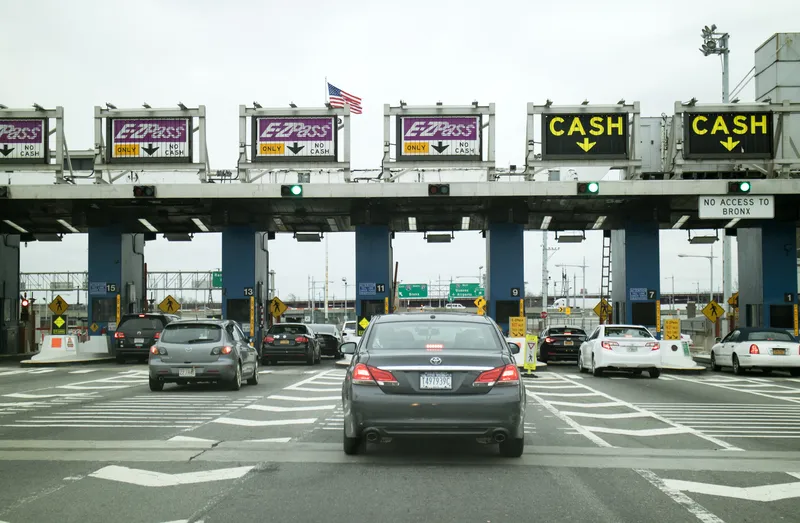
Uproad’s digital toll alert and payment services are to be integrated into Parkopedia’s in-car payment platform, with coverage across the US.
The partnership means automated digital toll payments can be made from within connected vehicles, with no need for a tolling transponder.
This will automate the toll payment process for millions of drivers in the US, the companies say.
Uproad toll alerts and payments are currently available in 19 US states, with further coverage planned this year.
Drivers register and agree to terms and conditions once to enable licence plate recognition to identify the vehicle every time it passes through a toll, with real-time notifications sent to the driver each time.
In addition to tolling, Parkopedia’s payment platform also allows drivers to pay for on- and off-street parking, as well as electric vehicle charging, and pay-at-the-pump fuelling.
Anthony Michael Ibrahim, director of business development and partnerships in North America at Parkopedia, said: “Millions of US drivers use toll roads and crossings everyday."
"We are delighted to partner with Uproad to increase our payment platform’s tolling coverage across North America and provide drivers with the seamless, automated digital toll payments that they now expect from their connected vehicles."
"Uproad covers about 90% of all US toll roads, so we're confident that together we'll vastly improve many driver's toll road experiences," said Sean Boyan, VP of business development at Uproad








